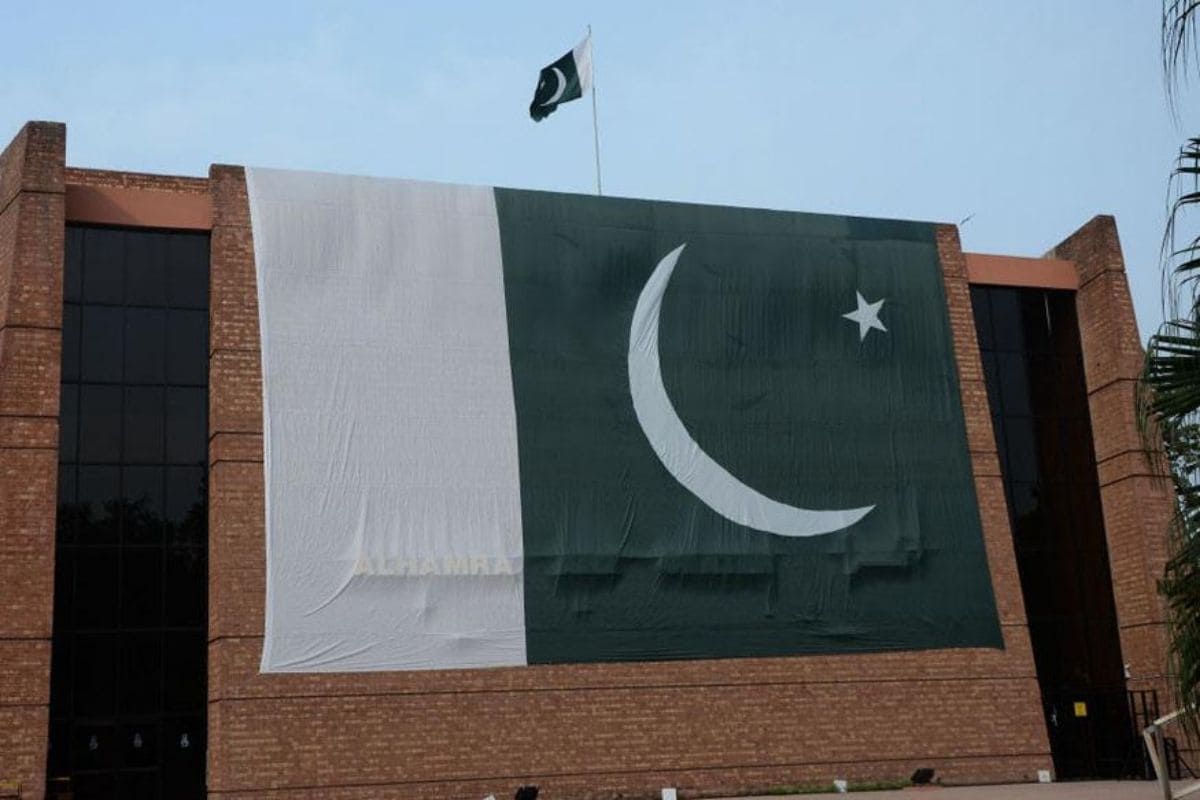
A Hindu temple, believed to have been built 1,300 years ago, was discovered by Pakistani and Italian archeology experts on a mountain in the Swat district of northwestern Pakistan. The discovery was made during an excavation at Barikot Ghundai.
Announcing the discovery on Thursday, Fazle Khaliq from the Khyber Pakhtunkhwa Department of Archeology said the discovered temple is of the God Vishnu. It was built by the Hindus 1,300 years ago during the Hindu Shahi period, he said.
The Hindu Shahis or Kabul Shahis (8501026 CE) were a Hindu dynasty that ruled the valley of Kabul (eastern Afghanistan), Gandhara (present-day Pakistan), and present-day northwestern India. During their excavation, the archaeologists also found traces of cantonment and watchtowers near the temple site.
Experts also found a water tank near the temple site that they believed Hindus used to bathe before worship. Khaliq said that the Swat district is home to millenary archaeological sites and that traces of the Hindu Shahi period have been found for the first time in the area.
Dr Luka, head of the Italian archaeological mission, said that this is the first temple of the Ghandhara civilization discovered in the Swat district.
Swat district is among the top 20 sites in Pakistan, which is home to all kinds of tourism such as natural beauty, religious tourism, cultural tourism, and archaeological sites. Several places of worship of Buddhism are also located in the Swat district.
.